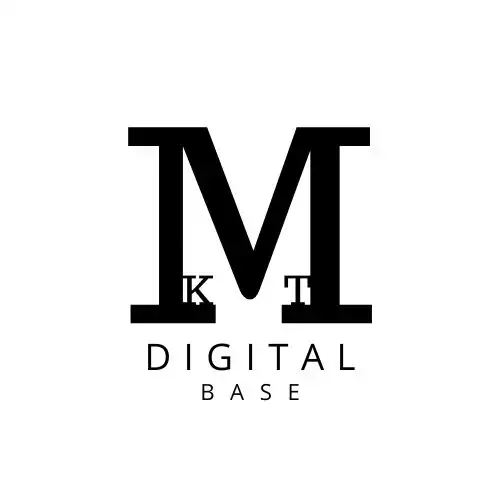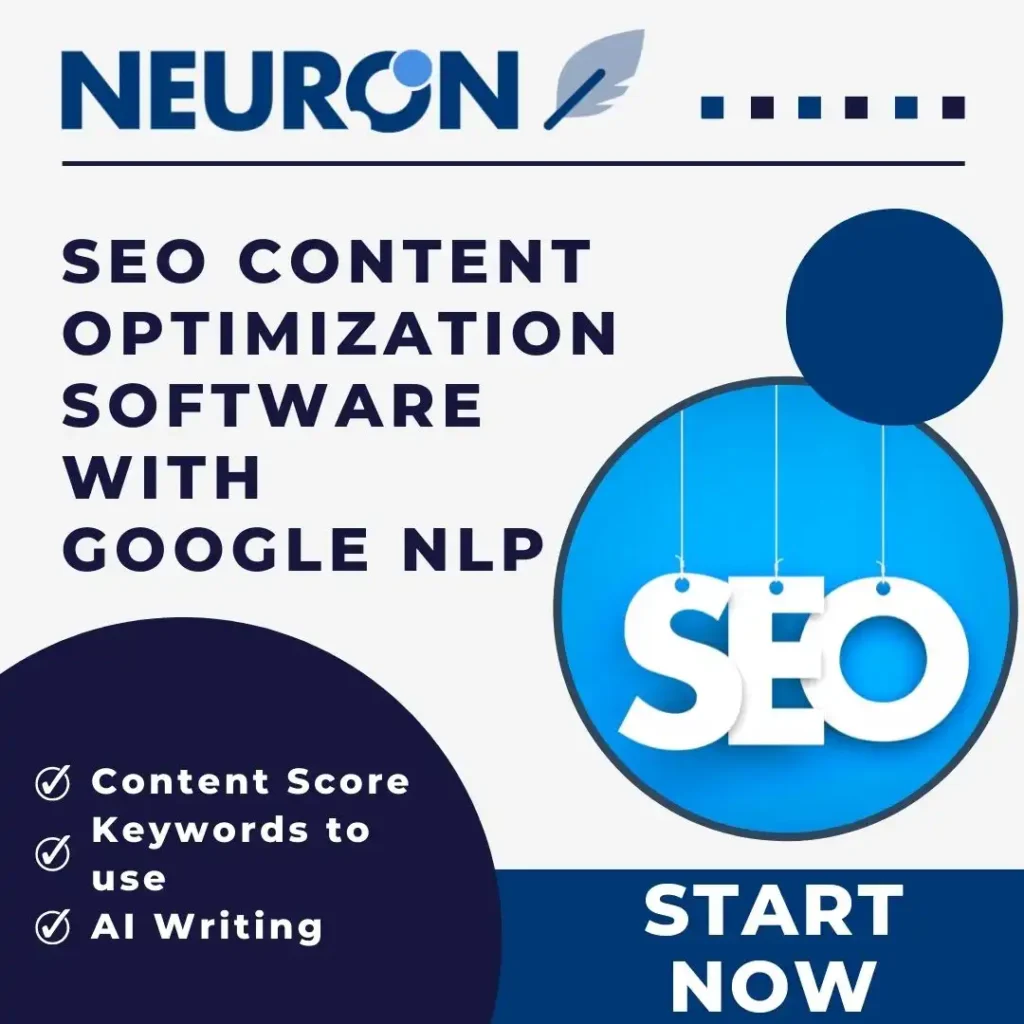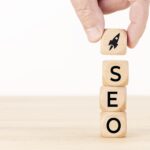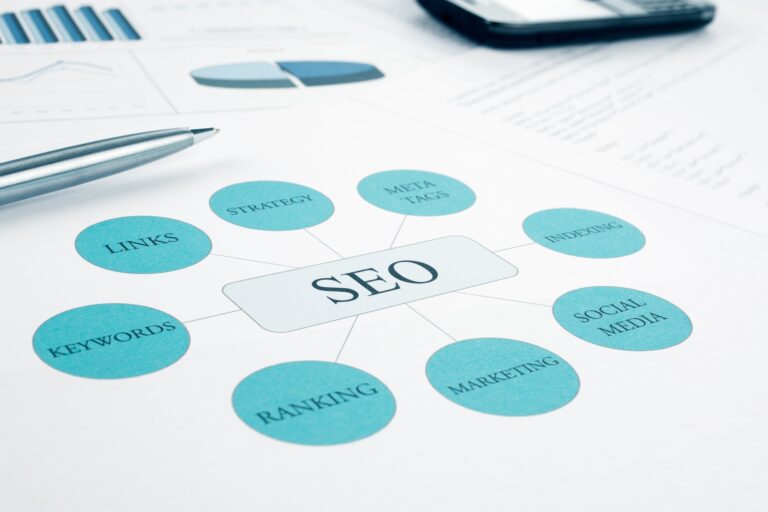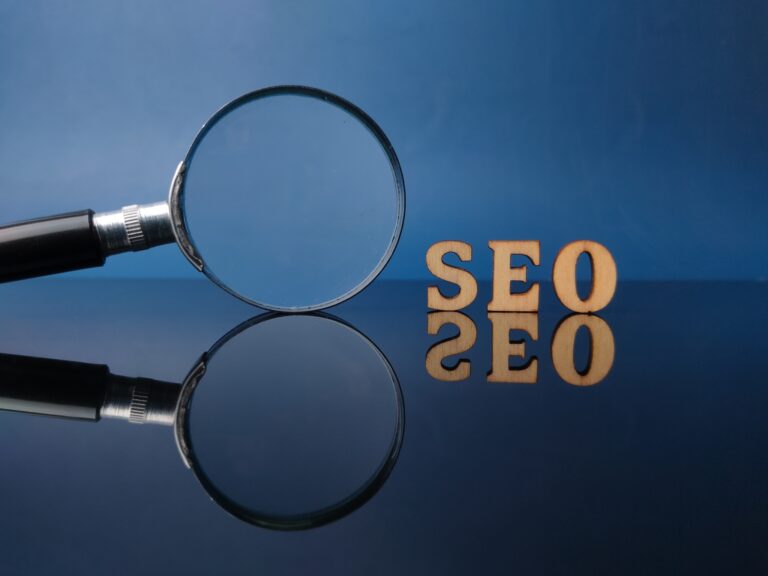Search engine visibility is one of the most powerful ways to drive traffic to your website. Businesses trying to boost their digital presence often face a choice between SEO and SEM. Both play a vital role in digital marketing, but their approaches, costs, and results differ. To make informed decisions, it’s essential to understand what’s the difference between SEO (Search Engine Optimization) and SEM (Search Engine Marketing), how they work individually, and how they can work together.
What is SEO?
SEO is the practice of improving your website’s content, structure, and authority to increase visibility in organic search results. It is a long-term strategy that focuses on earning traffic by aligning with search engine algorithms.
Unlike paid advertising, SEO takes time to develop and execute. However, it can provide lasting results without ongoing payment for each visit.
The Pillars of SEO
SEO strategy typically involves three major components:
- Technical SEO: Ensuring your website is crawlable, fast, mobile-friendly, and secure.
- On-page SEO: Optimizing content, headings, images, meta tags, and using specific keywords effectively.
- Off-page SEO: Building backlinks from authoritative sources to signal relevance and trustworthiness.
SEO focuses on improving your position in the search engine results page (SERP) for organic results, helping you gain consistent and qualified traffic over time.
What is SEM?
Search Engine Marketing is a broader term that includes both SEO and paid search advertising such as Google Ads. However, in practice, SEM often refers specifically to pay-per-click (PPC) ads that appear above or below organic search results on platforms like Google.
When businesses use SEM, they’re paying for visibility. They choose specific keywords, create ad campaigns, and pay for each click (known as cost per click, or CPC) their ads receive.
SEM Includes:
- PPC campaigns through Google Ads, Bing Ads, and similar platforms.
- Sponsored listings at the top of search engine results.
- Keyword bidding to determine ad placements.
- Landing pages optimized for conversions.
SEM can help your business quickly gain visibility and attract ready-to-buy visitors, especially in competitive markets.
SEO vs SEM: What’s the Difference?
When comparing SEO vs SEM, the most important distinction lies in how visibility is earned.
- SEO focuses on optimizing your website to appear in organic search results through content, links, and technical improvements.
- SEM encompasses both SEO and paid search advertising, though it often refers specifically to PPC.
Here are some of the key differences between SEO and SEM:
Visibility and Speed
- SEO is a long-term strategy, requiring time to see results.
- SEM results are often immediate, showing up as soon as your ads go live.
Cost Structure
- With SEO, you don’t pay for each click, but investment is needed in content creation, SEO tools, and possibly SEO services.
- SEM includes paying for ad placement based on your marketing budget and keyword competitiveness.
Longevity
- Organic SEO can continue bringing traffic with minimal ongoing costs once established.
- SEM efforts stop generating traffic as soon as the campaign ends or the budget runs out.
Should You Use SEO or SEM?
The decision to use SEO or SEM depends on your goals, timeline, and budget.
Use SEO if:
- You’re focused on sustainable, long-term traffic.
- You want to build domain authority.
- Your budget is better suited for content and optimization than ongoing ad spend.
Use SEM if:
- You need fast visibility and results.
- You’re launching a new product or time-sensitive offer.
- You’re entering a competitive space and are willing to pay to gain traction.
Many successful brands use SEO and SEM together to maximize visibility in search and reach users across both organic and paid search.
Combining SEO and SEM Strategies
Combining SEO and SEM can help you dominate SERPs by covering both organic and paid search results. This dual approach enhances your brand’s presence and allows for greater click opportunities.
For example, while SEO keyword research helps identify terms for long-term content planning, those same keywords can inform your SEM campaign. You can test a specific keyword with paid ads and see how it performs before committing to an SEO strategy for it.
Additionally, using insights from SEM efforts like click-through rate (CTR) and conversion rates can improve your on-page SEO best practices and content optimization.
Key Best Practices for SEO and SEM
To succeed with SEO and SEM, your digital marketing strategy should focus on the following best practices:
For SEO:
- Conduct deep keyword research and align with search intent.
- Optimize content for users and search engines.
- Build quality backlinks from reputable websites.
- Use technical tools like site audits, page speed insights, and schema markup.
For SEM:
- Start with a clear sem strategy aligned with your goals.
- Use A/B testing for ad copy and landing pages.
- Track cost per click and conversion metrics.
- Adjust your sem campaign based on performance data.
When marketers use SEO and SEM as part of a unified online marketing plan, they position themselves to win both immediate and long-term traffic.
SEO and SEM in Your Marketing Budget
Your marketing budget should reflect your current growth stage and market conditions. If you’re just starting and need fast leads, allocate more to SEM. If you’re looking to build a steady stream of organic visitors, invest in SEO services and content creation.
For most businesses, especially in competitive industries, a balanced approach makes the most sense. Search marketing that includes both organic and paid tactics provides better flexibility and reach.
Final Thoughts
SEO and SEM strategies are essential components of a modern digital marketing plan. Understanding the differences between SEO and SEM, and knowing when to use each, allows you to optimize your resources and reach your audience more effectively.
Whether you focus on organic SEO, launch a robust SEM campaign, or integrate both, the key is to match your strategy to your business goals. With careful planning, the right tools like analytics and keyword platforms, and consistent effort, you can enhance your visibility in search engine results and drive more traffic to your site than ever before.
